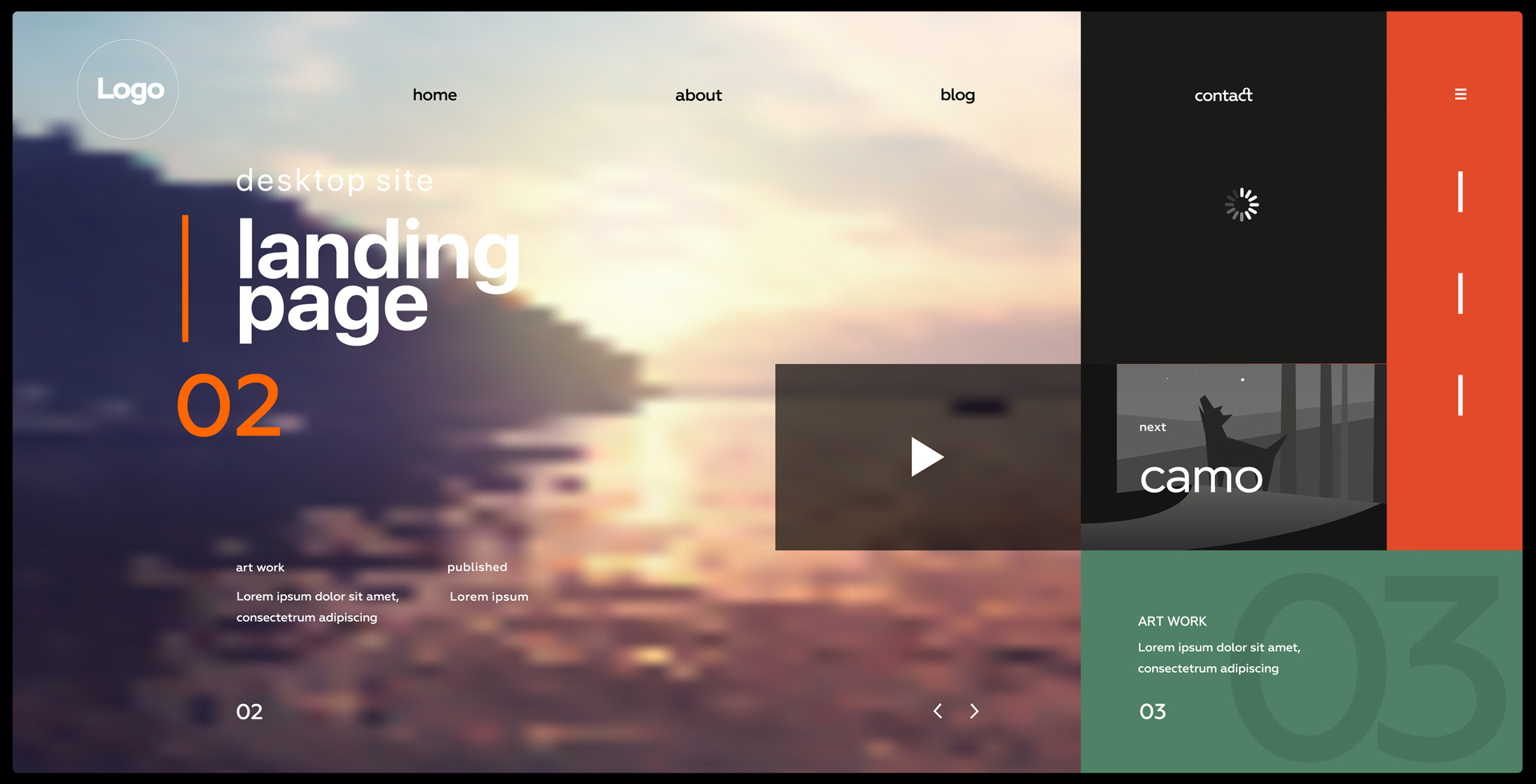How Generative AI and Smart Image Choices Enhance Branding

When it comes to branding, visuals do more than just decorate a page, they carry meaning, convey mood and build trust. In other words, they do the heavy lifting while the text takes a coffee break. As a person who has been working in the digital marketing and design field for several years, I have personally observed how a proper (or a wrong) image can affect a brand.
Let’s take a recent project I worked on; the client had a specific image in mind which I had to work with, but I decided to go against the client’s wish and use a different image that was more relevant to the brand. Luckily, they did not get angry with me for that, on the contrary, they understood how important it is to pick the right image. That moment helped me to understand one more lesson: visuals are not just some decorations, they are the makers (or breakers) of branding.
The Role of Visuals in Branding
Branding is defined as the process of creating a specific and easily recognizable image of a company. The images that a company uses in its marketing communications, website, and social media pages are also used to create the customers’ perception of the brand. A well-chosen image can:
Enhance brand identity – The use of colors, style, and tone in developing a consistent look and feel in the branding of a company.
Build trust – High-quality and professionally taken pictures give the consumer a feeling of reliability (no one wants to see a blurred stock photo that was taken in 1998).
Create an emotional link – Images are powerful tools that can help trigger certain feelings and reactions that are in line with the brand’s communication.
Increase engagement – Properly chosen visuals increase the interaction, especially on social media (because let’s be honest, people scroll past text like it’s their full-time job).
My Experience with Image Selection and Branding
There is one particular example that I wish to highlight and that is a current project where I was designing a hero banner for a certain client. The client had his own picture that he wanted to use but I thought it could be improved. Instead of trying to make it work, I used another picture that was more suitable to the general branding. Here’s what I considered:
Consistency with Brand Messaging – The initial image did not capture the company’s spirit of professionalism as shown by the brand’s tone of voice, the other image did. |User Experience & Readability – Some images can interfere with the readability of the text and therefore it is important to choose one that will improve the readability of the design (because what is the point of a hero banner if no one can even read it?).
When the client and I compared the two options, they finally agreed that my second option was the best. So what is the moral of the story? Not always the client knows what is best for him/her and sometimes it is important to gently push them in the right direction without making them feel like they have made a wrong decision.
My Approach to Image Selection
Before, I usually got my high-quality, professional images from Adobe Stock. But lately, I have been using more AI-generated images from ChatGPT and Ideogram for my designs. Also, I have started using Generative AI in Photoshop to edit and enhance images.
Using generative AI, I can quickly edit images, remove unwanted objects, rearrange layout, or even develop new images without the need to start from scratch. This not only saves a lot of time but also allows me to show clients several ready-to-use options and make them imagine different possibilities without the need for additional iterations.
Choosing the Right Image for Your Brand
When choosing images for your website, marketing, or even social media, keep the following principles in mind:
Quality Matters – Always use high-resolution images to give your brand a professional look and feel (because pixelated photos were a thing in the early 2000s, not now on your website).
On Brand – Make sure that the image is related to your company’s colors, tone, and messages (although you might love that neon stock photo, it might not be suitable for your brand that has a more subdued style).
Your Audience Should Also Be Considered – This is the image that your target market will see, and this will help you determine if they will relate to it.
The Original, AI-Generated, or Customized Images – While they are useful, they are able to make your audience connect more with your brand than the stock images.
Test and Adapt – It can be useful to know what your audience responds to, and this can be determined through A/B testing of different visuals (because what is good to you may not necessarily be good to them).
Final Thoughts
Branding is more than just a logo or a tagline, it is an entire process and visuals are an essential part of the process. The right image can enhance a brand while the wrong one can confuse customers and make them leave (or worse, leave).
When developing branding for your business, you should take a step back and ask yourself: Do your visuals represent who you are as a brand? If not, then it might be time to reconsider your image strategy – before your brand begins to look like a bad PowerPoint presentation from 2003.